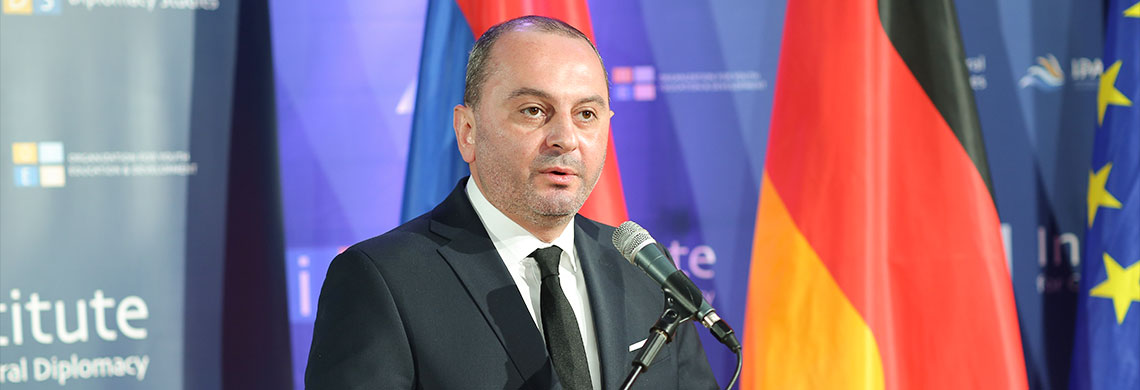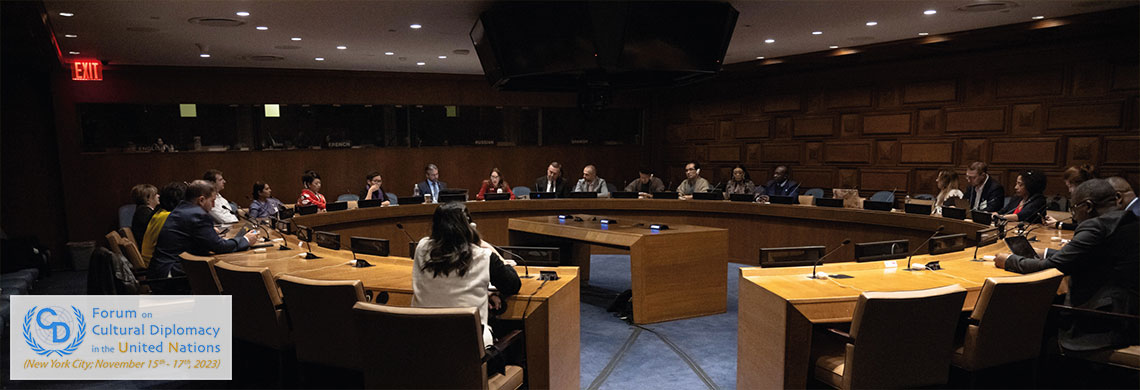Cultural Diplomacy Outlook Report 2011
Chapter 4: Nation Branding: Country-Specific Evaluations
Chapter 4
Nation Branding: Country Specific Evaluation
Table of Contents
- 1. Introduction
- 2. Nation Branding: The Concept
- 3.1 Argentina
- 3.2 Australia
- 3.3 France
- 3.4 Germany
- 3.5 Greece
- 3.6 India
- 3.7 Ireland
- 3.8 Italy
- 3.9 Moldova
- 3.10 Norway
- 3.11 Poland
- 3.12 Spain
- 3.13 Turkey
- 3.14 United Kingdom
- 3.15 USA
- 3.16 Zimbabwe
- 4 Conclusion
Introduction
The following chapter is an analysis of nation branding, both of its conceptual make-up and of specific examples of nation branding in practice. Nation branding is of particular salience as it represents ‘cultural diplomacy in action’, it also opens the door to discussions of the possible stereotyping of states and cultures or whether it represents a genuine opportunity to encounter and understand the culture of a country. The examples that can be found in this chapter offer a genuine insight into how different countries with diverging (and often overlapping) histories attempt to break-through age-old perceptions and open themselves up to new ‘markets’ through reformed perceptions, both abroad and at home. The chapter includes such diverse examples as Argentina, which has fought to prove its cultural worth outside of South America. Germany, which has become one of the worlds most desired ‘brands’ with regards to fiscal stability and export quality, but which still in many ways suffers culturally from aspects of its modern history. Moldova, a relative obscurity on the fringe of Europe’s outer-limits yet, is given an opportunity through nation branding to provide the world with an in-depth look at its century’s old culture and appreciate its culinary successes. Finally, nation branding gives a state such as Zimbabwe, for many years paralysed in a continued economic and political crisis the possibility to attach its name to materials used world-wide, such as tobacco. The list goes on, but one overarching theme is how nation branding has, and continues, to act as a vehicle for cultural diplomacy across the world and break-down geo-graphical, historical, political and economic boundaries, like few other international phenomena.Nation Branding: the concept
Nation branding is a relatively new concept. It is the process of applying corporate branding techniques to promote countries, the main objective is to build and manage the reputation of a state. Nation branding is practiced by many states including Canada, the United States, France, the United Kingdom, Japan, China, South Korea, South Africa, and New Zealand. There is a growing interest among poorer states to practice nation branding because it has the capacity to improve their image abroad and promote trade, tourism and direct investment. Similarly, nation branding has the potential to fight stereotypes that are associated with certain countries.Simon Anholt noticed the importance as well as the effects of nation branding and stated that‘nations have become far more cognizant of the value of their brand as an asset’. Anholt is the conceptualist behind a method to evaluate how effective a nation’s brand is; a global survey known as the Anholt-Gfk Roper Nations Brand Index. The nation brand index of a country is derived from the average of scores for six criteria which include: people, governance, exports, tourism, culture and heritage, as well as investment and immigration.
Understanding the value of national brands helps countries better attribute the investments
they make in areas that affect their global image. As such, branding efforts have stepped into a new era and nation branding as a concept has become extremely popular. Contemporary governments have started to hire public relations firms to help them launch sophisticated branding campaigns aimed at attracting foreign investment, encouraging trade and even securing geopolitical influence.
Within this section you will find a collection of personal accounts of the nation branding of different States written by nationals. It aims to provide an honest assessment of the nation branding initiative in each of these countries, while also providing critiques, commendations and recommendations where appropriate.




























































